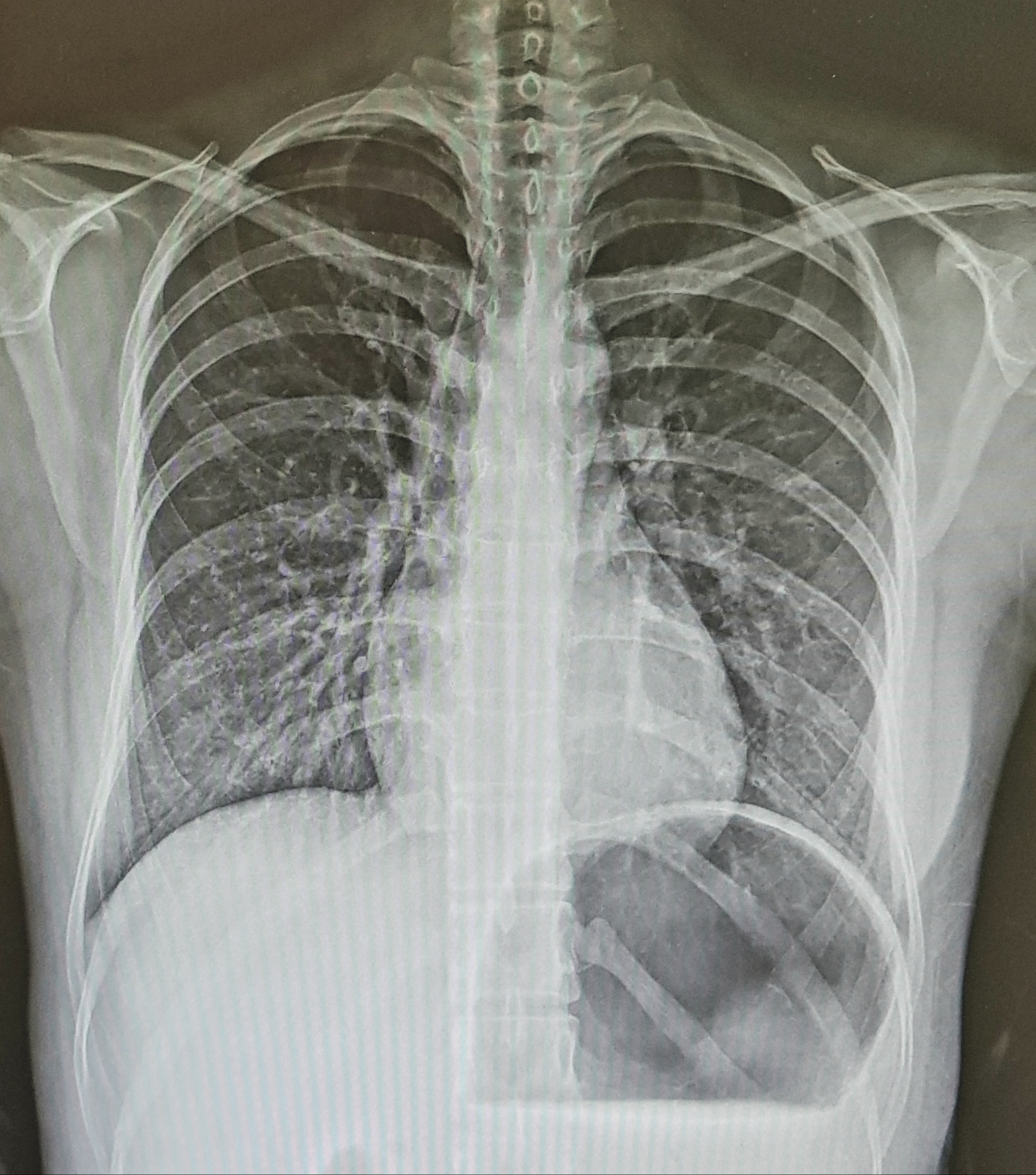| 일 | 월 | 화 | 수 | 목 | 금 | 토 |
|---|---|---|---|---|---|---|
| 1 | 2 | 3 | 4 | 5 | 6 | 7 |
| 8 | 9 | 10 | 11 | 12 | 13 | 14 |
| 15 | 16 | 17 | 18 | 19 | 20 | 21 |
| 22 | 23 | 24 | 25 | 26 | 27 | 28 |
| 29 | 30 |
- MRI gantry
- T1강조영상
- T2강조영상
- TR TE
- 자기공명혈관조영술
- fast spin echo
- MRA
- radiographer nara
- MRI image parameters
- FSE
- 사전포화펄스
- MRI 영상변수
- no phase wrap
- fractional echo
- saturation pulse
- chemical shift artifact
- 방사선사나라
- receive bandwidth
- 동위상 탈위상
- T2 이완
- T2WI
- K-space
- tof
- slice gap
- MR angiography
- T1WI
- saturation band
- ECG gating
- wrap around artifact
- aliasing artifact
- Today
- Total
방사선사나라 Radiographer Nara
[MRI] (영/한) Image parameter(5) - Bandwidth , Saturation Pulse / 영상변수(5) - 주파수폭, 포화펄스 본문
[MRI] (영/한) Image parameter(5) - Bandwidth , Saturation Pulse / 영상변수(5) - 주파수폭, 포화펄스
SEONARA 2020. 4. 13. 11:11(영어/영문/English)
9. Bandwidth
It refers to the range of frequencies and uses Hertz units
The receiver bandwidth is an important factor in determining the SNR of an image, and it means the range that receives the echo signal from the tissue receiving the RF pulse and is expressed as ± Hz based on the center frequency.
SNR = √ (old bandwidth / new bandwidth)
When the receiver bandwidth is wide, noise is increased when an echo signal is collected, and the SNR is lowered.
In addition, the receiver bandwidth affects the change of TE. If the receiver bandwidth is narrow, the readout time for reading the signal increases and the TE increases overall.
As a result, if the bandwidth is narrow, the scan time and TE increase and chemical shift artifacts are generated, but the noise decreases and the SNR increases, so it is necessary to select an appropriate bandwidth according to the scan site.
10. Saturation pulse
This is the most effective way to deal with image distortion caused by fast blood flow.
The location of the saturation pulse is to send a 90º RF pulse to the point outside the FOV to be imaged.
In the spin echo pulse waveform, there is a slight time interval between the 90º RF pulse and the 180º RF pulse, and within this time, the proton in the blood changes its position along the bloodstream, where phase shift occurs.
The phase shift appears distorted in the phase coding direction within the image, and is prominent in the axial-sectional image.
The saturation pulse is sent before the 90º RF pulse outside the FOV. The saturation pulse sent before every 90º RF pulse increases the TR, which increases the SNR, but increases the scan time and reduces the number of sections that can be scaned with one TR.

by radiographer nara
(국어/국문/Korean)
9. 주파수폭
주파수의 범위를 의미하며 헤르츠 단위를 사용
수신 주파수폭은 영상의 SNR을 결정하는 중요한 요소로, RF 펄스를 받은 조직으로 부터 나오는 에코신호를 받아들이는 범위를 의미하며 중심 주파수를 기준으로 ±Hz로 표시한다.
SNR= √(이전 주파수폭/새로운 주파수폭)
수신 주파수폭이 넓으면 에코신호를 수집할 때 잡음이 증가하여 SNR이 낮아진다.
또한 주파수폭은 TE의 변화에도 영향을 끼치는데, 수신 주파수폭이 좁으면 신호를 읽어 들이기 위한 신호수집시간이 늘어나게 되고 전체적으로는 TE가 증가하게 된다.
결과적으로 주파수폭이 좁으면 검사시간과 TE가 증가하고 화학적 이동인공물이 발생하지만 잡음이 감소하여 SNR이 증가하므로 검사부위에 따라서 적정한 주파수폭을 선택해야한다.
10. 포화펄스
빠른 혈류의 움직임에 의해 발생하는 영상의 왜곡에 가장 효과적으로 대처하는 방법으로
포화펄스의 위치는 영상화 하는 FOV 외부 지점에 90º RF 펄스를 보내는 것이다.
스핀에코 펄스파형에서 90º RF 펄스와 180º RF 펄스 사이에는 약간의 시간간격이 있는데, 이 시간 내에 혈액속의 프로톤은 혈류를 따라서 위치가 바뀌게 되는데 이때 위상변위가 발생한다.
위상변위는 영상 내에서 위상 부호화 방향으로 왜곡되어 나타나며, 횡단면 영상에서 두드러지게 나타난다.
포화펄스는 FOV 외부에 90º RF 펄스보다 먼저 보내는데, 매 90º RF 펄스 전 보내지는 포화펄스는 TR을 증가시키게 되고 이로 인해 SNR은 증가하지만 검사시간이 늘어나게 되며 한 번의 TR로 검사할 수 있는 절편 수가 줄어들게 된다.
- 방사선사나라




